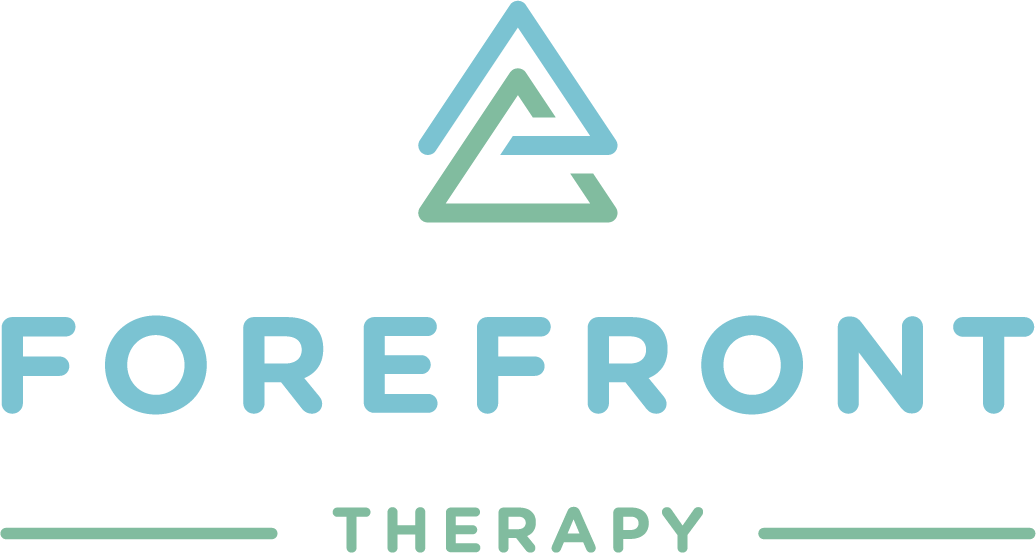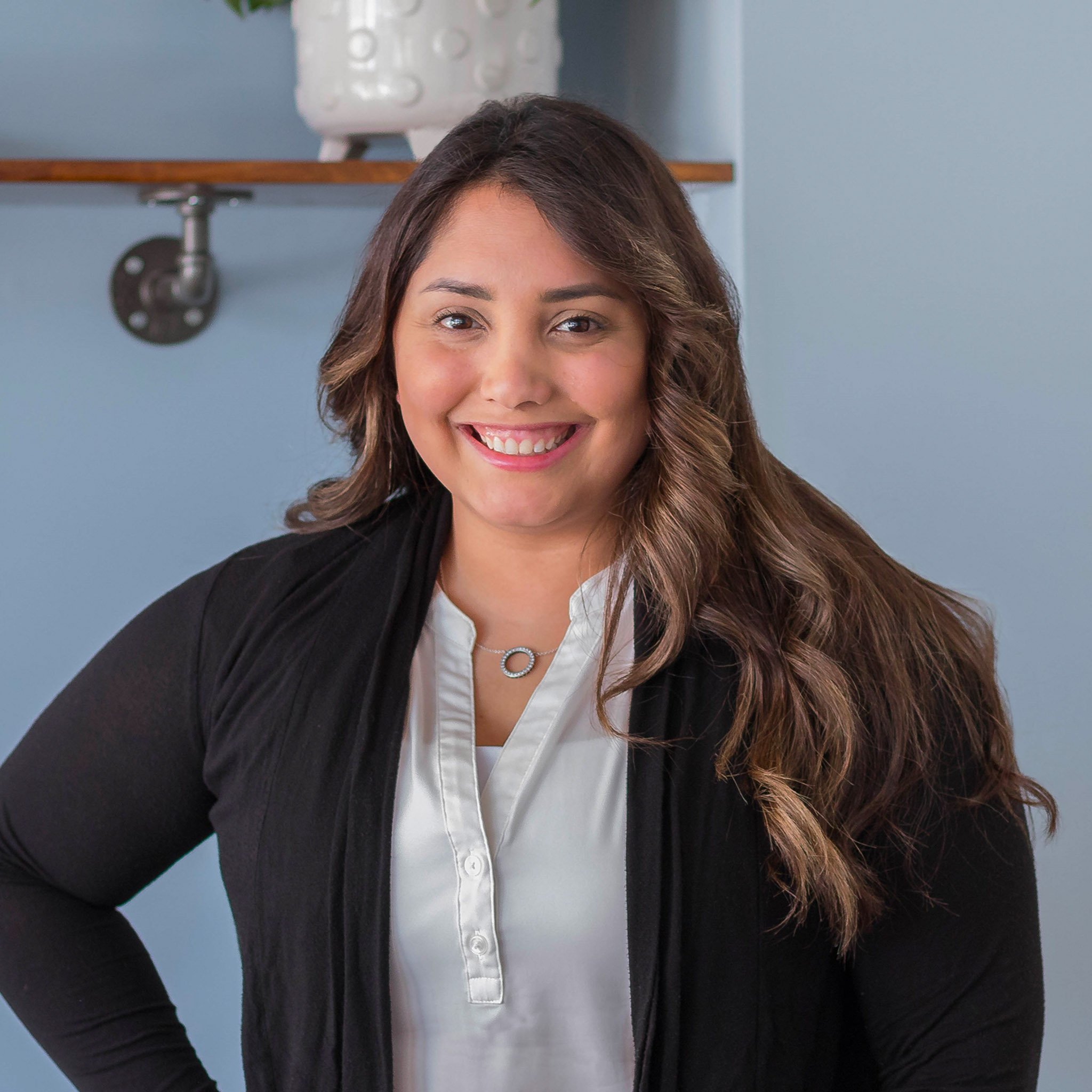After an icy Midwest winter, Summer is in full swing. And as the weather gets balmy, the pavement gets busy with folks getting back into running.
Running is wonderful. It improves heart health, helps shed body fat and enhances mental well-being. There’s a reason the phrase “runner’s high” exists, after all.
Maybe you have a decorated running history. Or perhaps you just bought your first pair of Brooks. Either way, something you’ll notice after takeoff is how difficult breathing becomes.
Fortunately, there's a checklist to fine-tune your breathing. In doing so, you’ll be able to run faster and more comfortably. Let’s get to it.
Step #1 Use the correct muscles
The human body is engineered to run. And in the case of running, we should be breathing with the diaphragms and chests.
Your diaphragm is a dome-shaped muscle around the lowest ribs–think a flat frisbee in your belly. When the diaphragm squeezes, the frisbee drops to allow room for inflated lungs. Far too often, folks tend to breathe using their neck and upper back instead of the diaphragm and chest.
If you experience tightness in the shoulders and neck while running, the culprit is your breathing. To fix this issue, bend your elbows to 90-deg, and let them drop toward the pavement. Then, imagine holding drumsticks in each hand. With every swing, tap the drumstick on a drum. You’ll probably notice your belly and chest start to move more, and that, my friend, is a job well done!
Step #2 Develop a cadence
Breathing cadence is crucial for performance. Watch an elite marathoner run, and notice how smooth their breathing is. On the other hand, sporadic breathing takes its toll on your mile time.
A lot of systems are at play while running. The cardiovascular system delivers blood. The muscular system produces the movement. The respiratory system exchanges breath. But what controls each of these systems?
The nervous system.
By breathing with rhythm, we teach our nervous systems what to expect and not “freak out” when the body gets tired. Now, there is no “one size fits all” breathing cadence. But, practicing a 2:3 cadence is a good place to start. This means breathing in for a count of two and out for a count of two or three, which leads us to our last step…
Step #3 Practice the cadence
Rome wasn’t built in a day, and your breathing cadence won’t be either. That said, you can practice your breathing cadence at any point in your workout.
Perhaps your warm-up consists of a 10-minute walk. Not my favorite warm-up, but that's for a different article. This is the perfect time to begin practicing what a 2:3 cadence feels like. I like to use my steps as a means to count. Breathe in for two steps and out for three. Then do it again. And again. You get it.
Closing Remarks
If running were easy, everyone would do it. Well, they’d at least think about it.
Anything worthwhile doesn’t come without healthy doses of persistence and effort, though. Like you would increase distance or speed over time, improving your breathing is also important. Focus on using the right muscles and rhythm, and your smart watch will thank you.
About the author:
Dr. Brian Grant, PT, DPT, OCS, CSCS is a Doctor of Physical Therapy with undergraduate and graduate degrees from the University of Evansville. Brian has successfully completed the 12-month Orthopedic Physical Therapy Residency at Forefront Therapy in collaboration with Arcadia University and is a Board Certified Orthopedic Clinical Specialist.. Brian has thorough experience and passion working with individuals with orthopedic, sports, and neurological conditions. He has been accredited through the National Strength and Conditioning Association as a Certified Strength & Conditioning Specialist. Brian has also taken a regional leadership role as Vice President of the Southwest District, American Physical Therapy Association Indiana Chapter. A native of Evansville, he continues to serve as a local swim coach with Harrison High School and has immense pride and passion for his community!
Disclaimer: The information provided in this blog post is intended to offer general insights into occupational therapy and its potential benefits. Individualized care and professional assessment by a qualified sensory-based Occupational Therapist (OT) are essential to understanding and addressing the specific needs of each individual. The content presented here should not be considered a substitute for personalized guidance from a healthcare professional. For personalized guidance, individualized care, and a thorough assessment of your needs, consult with a qualified sensory-based Occupational Therapist (OT) and email us at info@forefronttherapy.org.






